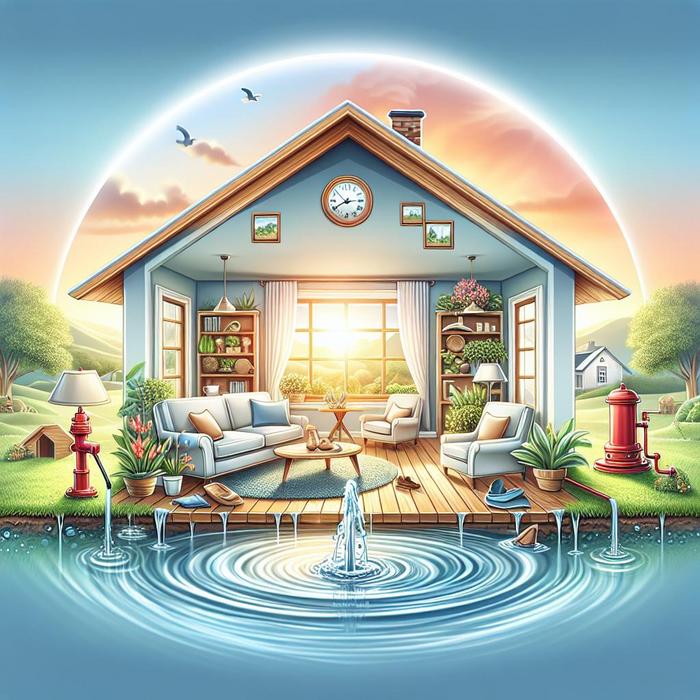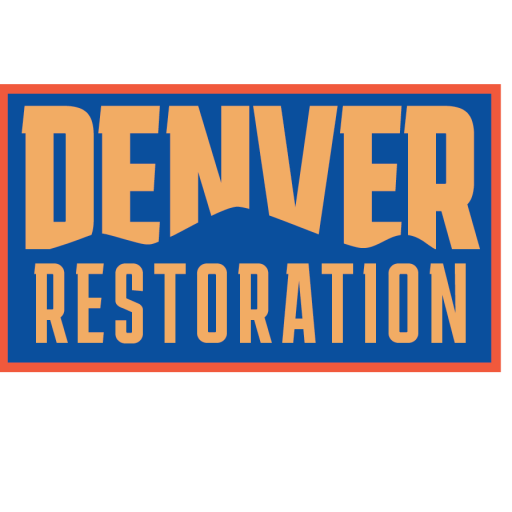Understanding the Crucial Role of Water Damage Recovery
The aftermath of a flood or a leak can be distressing, with your home or business premises being a shadow of its former self. It’s a daunting scenario that no homeowner or business owner ever wants to face. The critical factor in such a situation is initiating immediate water damage recovery. It assures that your property is not only salvaged but restored to its pre-loss state, bringing back your peace of mind.
Having a clear understanding of what water damage recovery entails is vital in ensuring that your restoration process is efficient and seamless. This guide aims to inform you about the water damage recovery process, from assessment and estimation, to restoration techniques and equipment use, and onto insurance and legal compliance aspects. This comprehensive overview ensures that you confidently handle water damage scenarios and realize successful restoration.
Damage Assessment and Estimation: Your First Line of Defense
The initial step in water damage recovery is conducting a thorough damage assessment and estimation. This phase determines the extent of the water damage and provides a comprehensive estimation of the repair costs. It is a critical stage since it sets the groundwork for the whole recovery process.
Proper damage assessment and estimation require expert skills and professional experience, ensuring that every detail is accounted for and that nothing is overlooked. This includes inspecting the extent of structural damage, identifying possible risks of mold growth, and assessing the impact on electrical systems and furnishings among other aspects. Proper assessment serves as the foundation for a successful recovery while helping you prepare financially for the restoration process. Check here for an expert guide on damage assessment and estimation.
After the damage assessment and estimation are finalized, the actual restoration process commences. The restoration involves several technical procedures, which range from water extraction, drying, cleaning, and sanitization, to deodorization, mold remediation, and finally, structural repairs.
The water extraction and drying processes are particularly crucial to prevent further damage to your property and potential health hazards. Advanced equipment and technologies such as dehumidifiers, infrared cameras, and air movers are commonly used in the process. Learn more about the restoration process here.
Securing Your Home: Environmental and Health Safety
Water damage isn’t just about structural issues; it can pose serious environmental and health safety concerns. Mold growth often follows water damage incidents, which can lead to respiratory issues and other health problems if not addressed promptly. Therefore, during the restoration process, it is essential that steps are taken to ensure the property is safe and free from health hazards.
Moreover, water damage can cause electrical hazards that pose a significant risk to the occupants of the home. It’s crucial to hire professionals who understand the potential risks and how best to mitigate them. They know how to properly handle such situations, ensuring the safety of all involved throughout the restoration process. You can find more details on environmental and health safety here.
Handling Insurance and Legal Compliance
Water damage can be costly, but fortunately, most homeowner’s insurance policies cover it. However, dealing with insurance companies can be a complex process. Many restoration services work directly with insurance companies, alleviating the stress for homeowners.
Additionally, legal requirements must be adhered to during the restoration process. Professionals ensure that work meets building codes and regulations. For more details on insurance and legal compliance, visit this resource.
Mastering Customer Communication and Crisis Management
Good communication between homeowners and restoration professionals is paramount. Regular updates and transparent discussions about the progress and costs can alleviate stress. In addition, restorers who can respond promptly and manage crisis situations effectively not only speed up the recovery process but also enhance customer satisfaction.
Understanding how professionals handle restoration can make all the difference in coping with water damage. With this understanding, homeowners can confidently navigate the restoration process, ensuring their home comes back to life in the best possible manner.
Follow the link for more information on how to streamline your flood recovery for peace of mind.
Preventing Future Water Damage: Proactive Steps for Homeowners
Aside from immediate recovery solutions, prevention is the most powerful tool against repetitive water damage. Proactive steps include simple checks for pipe leaks and sealing cracks in your foundation. Further, installing a water leak detection system plays a key role in minimizing potential property damage.
The installation of such systems triggers an immediate alert about potential leaks, enabling homeowners to tackle the issue before it escalates. Enlighten yourself more about advanced leak detection techniques here.
Long-Term Effects: The Silent Damage of Water
Often overlooked are the long-term effects of water damage. These may include structural instability due to the gradual weakening of wooden frames and support beams. Also, electrical wires may corrode over time leading to short circuits, posing potential fire hazards.
There’s also the hidden risk of mold infestation in damp areas that were not dried properly. It’s imperative to understand that water damage may have long-lasting effects that only become apparent over time. Balancing immediate restoration with long-term damage management is crucial. For more insight into such long-term impacts, consider this source.
Fire and Smoke Damage: An Unforeseen Consequence of Water Disaster
In addition to water-related problems, fire and smoke can wreak havoc during a water damage disaster. This is especially true in the case of floods where electrical systems get compromised, leading to potential fires.
Moreover, once a fire has occurred, the resulting smoke and soot damage can be extremely harmful to both property and health. Recovery from such damage needs a holistic approach addressing both water and fire damage. Delve deeper into the complexities of fire damage recovery here.
Quality Restoration: Choosing the Right Partner
Picking the right restoration partner is a critical decision that can considerably enhance the recovery process. It’s essential to choose a restoration provider who is experienced, certified, and efficient in deploying necessary resources at your disposal.
A good restoration company possesses skilled professionals who are well versed in all facets of the restoration process. An effective understanding of the devastating effects of water damage and the technical know-how to reverse them with success is mandatory. Inform yourself further on the importance of choosing the right restoration partner here.
Restoration Cost: Understanding the Monetary Impact
Water damage restoration can be financially daunting. The financial burden of expenses related to water extraction, drying, cleanup, repairs, and restoration can add up quickly. Homeowner’s insurance can offset some costs but understanding the financial implications early in the process is key to managing expectations and budget.
The Imperative of Time: Quick Response Matters
During a water damage situation, time is a critical factor that can greatly impact the recovery process. A swift response can prevent the situation from worsening and save a substantial part of your property from damage. Professional restoration companies understand the importance of quick response and often guarantee a prompt arrival at your property.
High-quality restoration services don’t just mitigate the damage- they ensure the speedy recovery of your cherished home. Coupled with effective communication, efficient crisis management strategies and restoring your environment to a healthy state, a quick response can make a significant difference. For a detailed look at how to optimize your flood recovery, click here.
Odor Removal Post-Fire: Another Step in Restoration
When dealing with the aftermath of a fire, smoke odor can continue to be a concern long after the initial damage has been treated. The removal of smoke odor goes beyond basic sprays and can require specialized deodorizing treatments that permanently remove the smell from the property. Choose a restoration company that integrates specialized odor removal services as part of their comprehensive plan. Gain more understanding on how to eliminate smoke odor after a fire here.
Restoration: A Lifelong Commitment
Remember, effective restoration is not just about bringing your property back to its pre-loss state after a water or fire damage incident. It’s about a lifelong commitment to maintaining the integrity of your home, ensuring environmental and health safety, understanding your insurance coverage, and being prepared for future scenarios. Comprehend more on this topic here.
Effectively Dealing with Future Challenges
Although water damage can be distressing, understanding the restoration process and being prepared for future incidents can turn the tide in your favor. Cultivating knowledge about damage assessment, recovery techniques, health and safety issues, and legalities will help you conquer future restoration challenges.
Stay informed, stay prepared, and believe in the possibility of full recovery. Dive deeper into water damage recovery solutions here.

